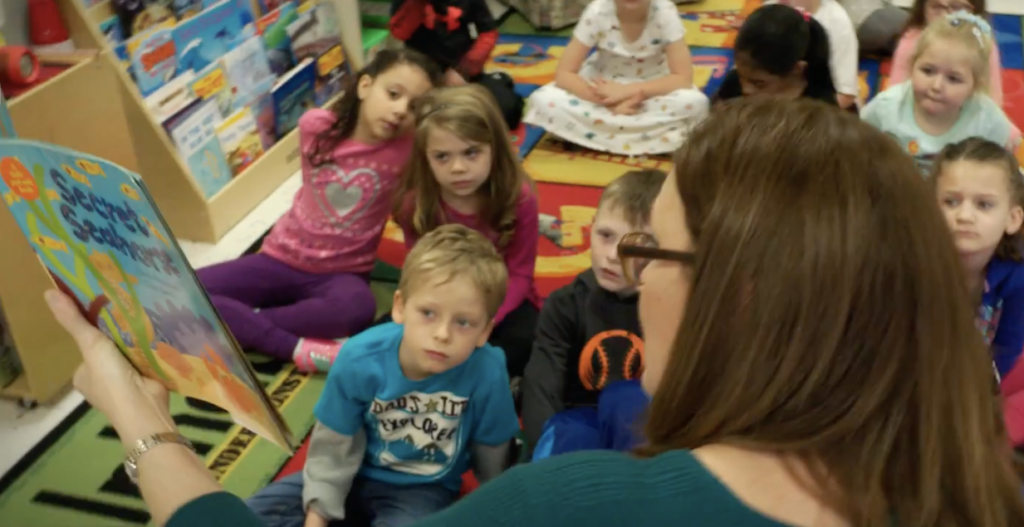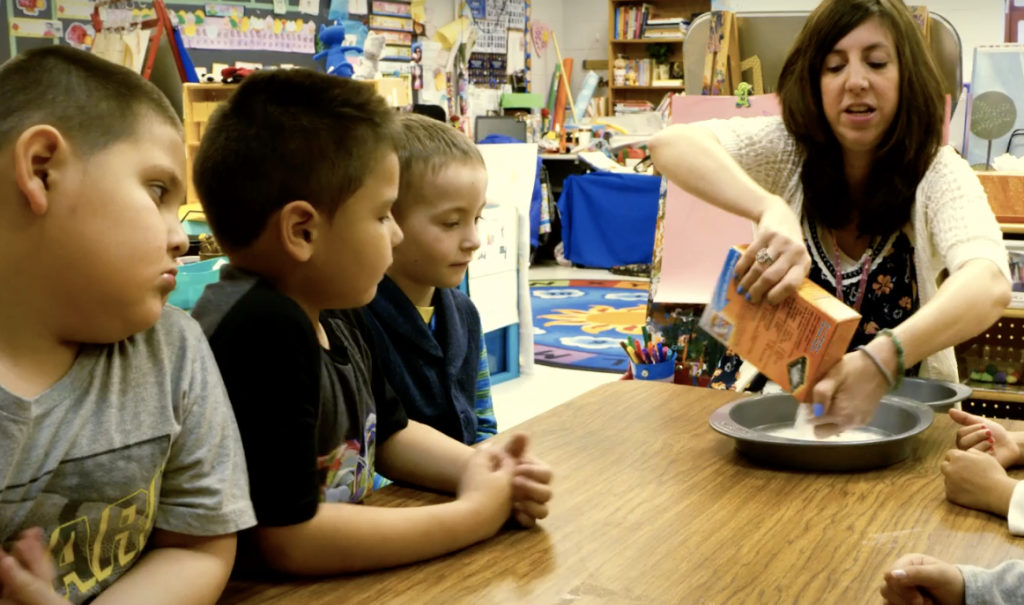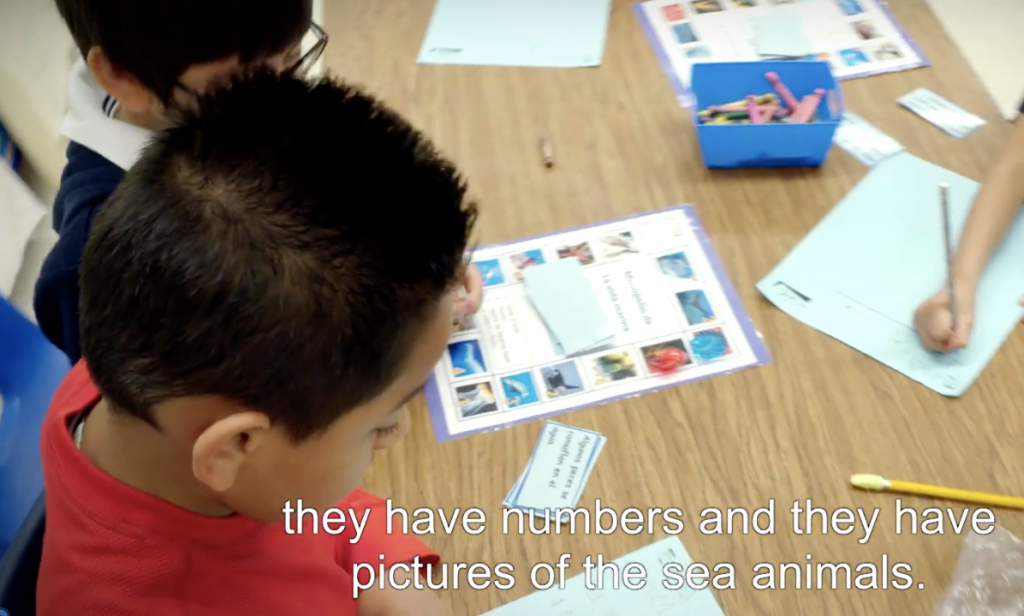I am sure that we are ALL ready for spring…warmer weather, less snow/cold, spring flowers, more time to be outdoors! As educators we might also be ready for a little spring “design/instructional” cleaning! Time to take out tried-n-true as well as new and different units and add a new little twist or adaption here and there to increase learning engagement for our children. One of the best ways to spruce up our learning units and tasks is to design them through a gradual release approach. The gradual release approach (Fisher & Frey, 2008) has four key parts…I DO (teacher models learning priorities), WE DO (teacher and students do together), YOU DO TOGETHER (students work together to extend/personalize learning and teacher supports as needed), and then finally, YOU DO ALONE (individual student learning accountability). Let’s take a look at what each of these instructional features might look like through the early learning lens…
“I DO” usually happens in whole group, often referred to as a group meeting or circle time: During the “I do, the teacher supports class discussions, models vocabulary and key concepts, support making plans, and provides information and experiences that all the children need. In Kim Deering’s Kindergarten whole group time, the teacher has purposefully determined key questions during the read aloud on sticky notes to guide questions/discussion prompts that she uses with students to support key thinking skills.

“We DO” usually happens when the teacher is working with children in small groups: Teaching time spent with students in small groups greatly expands the opportunities for the teacher to observe and document student learning progress and to involve students in activities in a more personalized way. Teachers usually use this format for more focused experiences, perhaps introducing a new skill or concept or engaging children in working on a problem or applying a concept already introduced. In Amy Haffner’s blended PreK Classroom, six students are working with the teacher in a small group to focus on a key learning goal: Science Standard CC. Experimenting, predicting, and drawing conclusions: 11.A.ECc Plan and carry out simple investigations. In this small group lesson, the
- Teacher is initiating new skills, experience, idea, use of material, with the scaffolding within the activity to maximize each child’s learning.
- Teacher and assistant have a consistent group to maximize knowledge of students in order to differentiate instruction and scaffold learning.
- Every child has their own materials, experimenting and working at their level, with the teacher differentiating the support.

“You DO together” and “You DO alone” are usually intertwined in play-rich learning centers: At the preschool and kindergarten levels, part of the classroom is typically divided into learning centers, or interest areas that offer children a range of options for engagement. The play that takes place in these centers such as blocks and dramatic play is vital to children’s learning and development. For each center, the teacher carefully selects materials and activities to support educational goals. The teacher also makes a point of observing what children are doing in each center, in order to guide later planning. In Zahidee Marcano’s dual language Kindergarten classroom, you will see learning centers “in action” where students apply their knowledge and productively work with other students to build fluency and flexibility in key learning concepts. The teacher uses this time to work individually to support students while the other students get to customize their learning through a variety of modalities with their peers.

SPECIAL BONUS RESOURCE on the IMPORTANCE of PLAY: A key non-negotiable of well developed, engaging “We DO TOGETHER” learning centers is the essence of play. In play, children make choices, solve problems, converse, and negotiate. Edutopia recently published a very insightful article, “Key Aspects of Play in Early Education”. The article provides some important considerations for teachers on integrating play into early childhood learning environments AND could be a great resource to share with administrators, colleagues, and our families ☺!!!
So “spring into some new ideas” for engaging our children through the gradual release of teaching for deep, playful, wonderful early childhood learning ☺!
